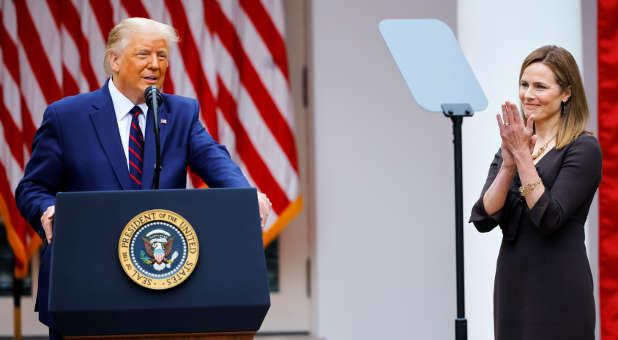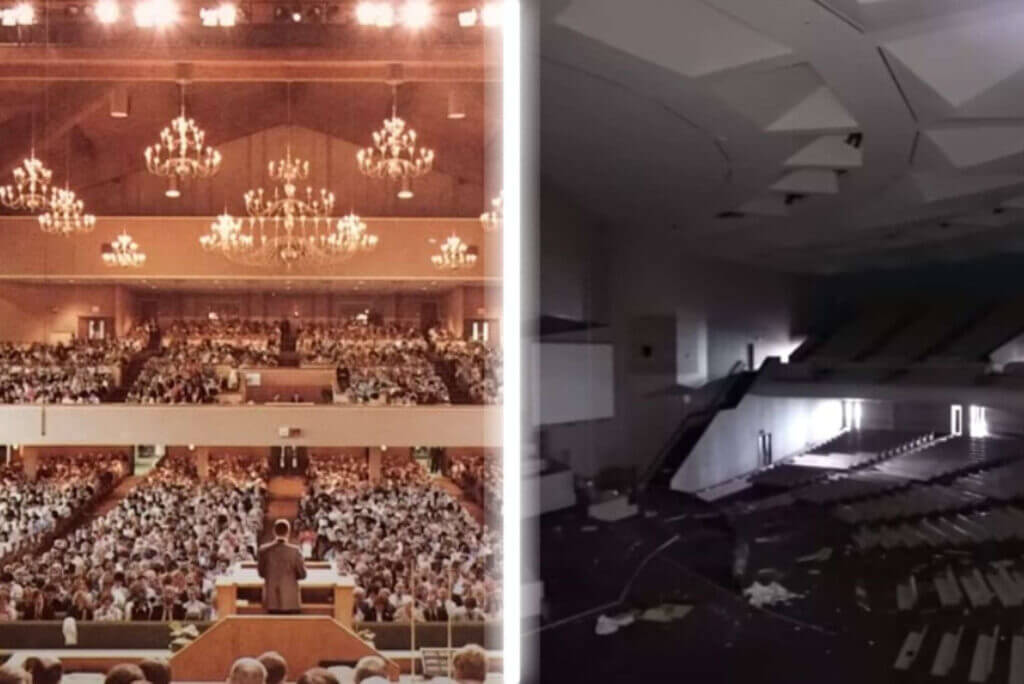On Saturday, President Trump nominated Judge Amy Coney Barrett to fill the vacancy on the U.S. Supreme Court created by the death of Justice Ruth Bader Ginsburg. Now that the president has fulfilled his duty under Article II, Section 2 of the U.S. Constitution, the jurisdiction over the nomination shifts to the U.S. Senate, which has the constitutional duty to “advise and consent.”
While the Constitution is silent about what process the Senate will follow to fulfill this duty—in fact, Article I, Section 5 of the Constitution gives the Senate sweeping latitude to set its own rules of procedure—we can draw on prior confirmation processes to outline what is likely to occur.
Typically, the U.S. Senate Judiciary Committee will schedule and conduct multiple days of hearings to evaluate the nominee’s qualifications, experience, judicial philosophy and temperament. While this step in the process is not dictated by the Constitution, it is customary and Senate Judiciary Committee Chairman Lindsey Graham has indeed indicated those hearings will begin on Monday, Oct. 12, 2020.
If recent history is any indication, Day One of those hearings is likely to include opening statements from Senators on the committee, as well as a brief opening statement from Judge Barrett.
Days Two and Three will most likely consist of multiple rounds of questioning from senators and responses from Judge Barrett. In all likelihood, this will be the end of Judge Barrett’s time in the hearing room.
The final day of hearings will probably include testimony from outside witnesses—both supporting and opposing. Following the conclusion of the hearing, the committee will recess for a number of days before returning to cast a vote on reporting Judge Barrett to the floor of the Senate. A majority of the committee may forward the nomination to the full Senate with either a favorable or unfavorable recommendation.
Once the nomination reaches the floor of the U.S. Senate, it will need to garner the support of a simple majority of the chamber to both invoke cloture and earn confirmation. If there is a tie vote (presumably 50-50, if all 100 Senators are present and voting), Vice President Mike Pence, acting in his capacity as president of the Senate, will cast the deciding vote. If confirmed, Judge Barrett will be sworn in as an Associate Justice of the U.S. Supreme Court.
While recent history has seen this process become incredibly contentious and divisive, it is yet another example of the strength of our republic, in which we the American people—through our elected officials—engage in self-governance. That republic depends on a federal judiciary—including a U.S. Supreme Court—that is committed to faithfully upholding the U.S. Constitution. {eoa}
For the original article, visit aclj.org.
See an error in this article?
To contact us or to submit an article





















